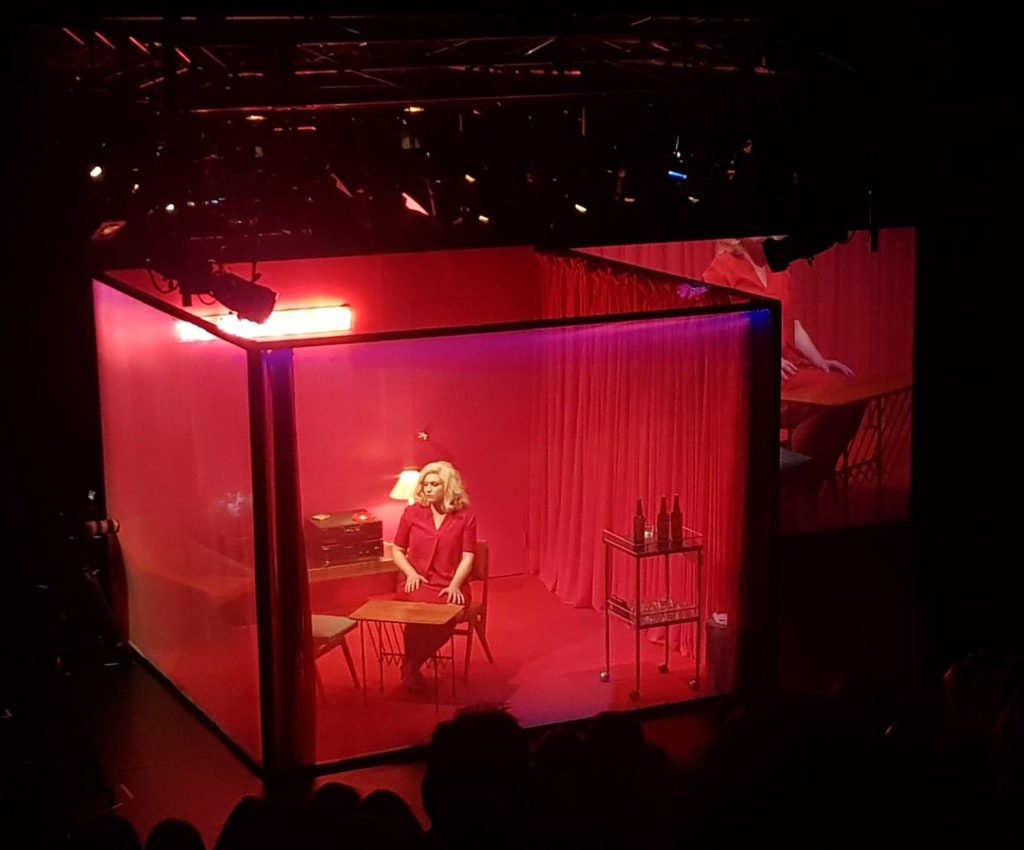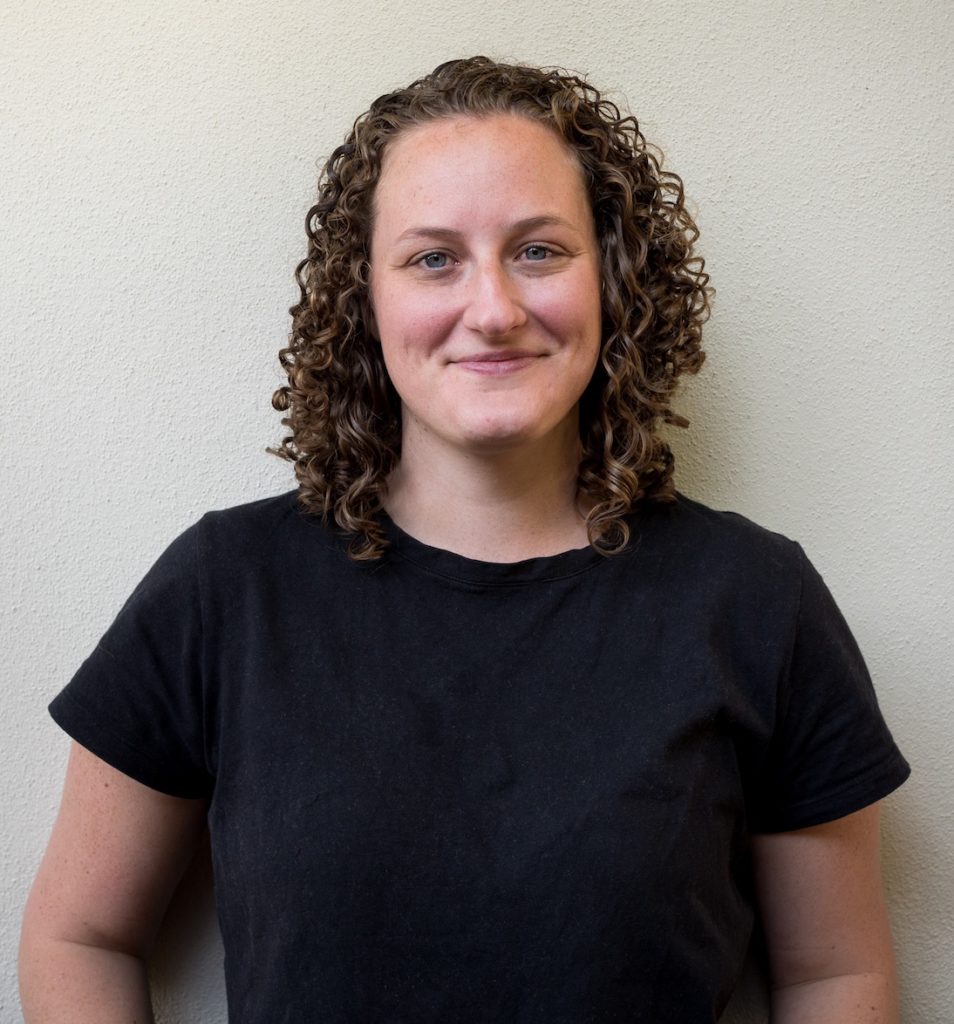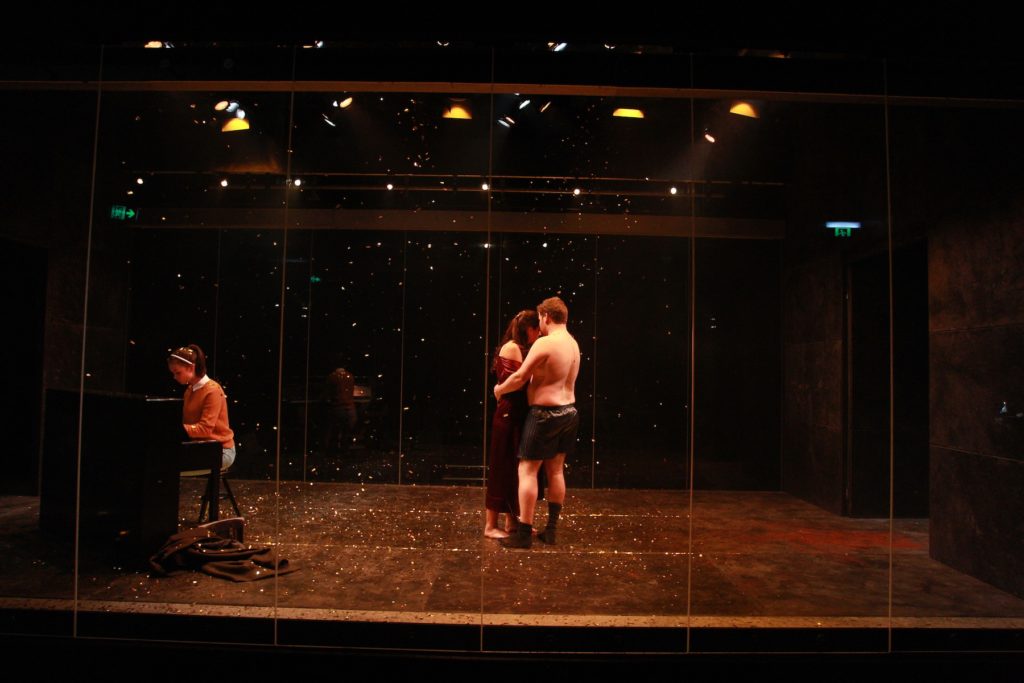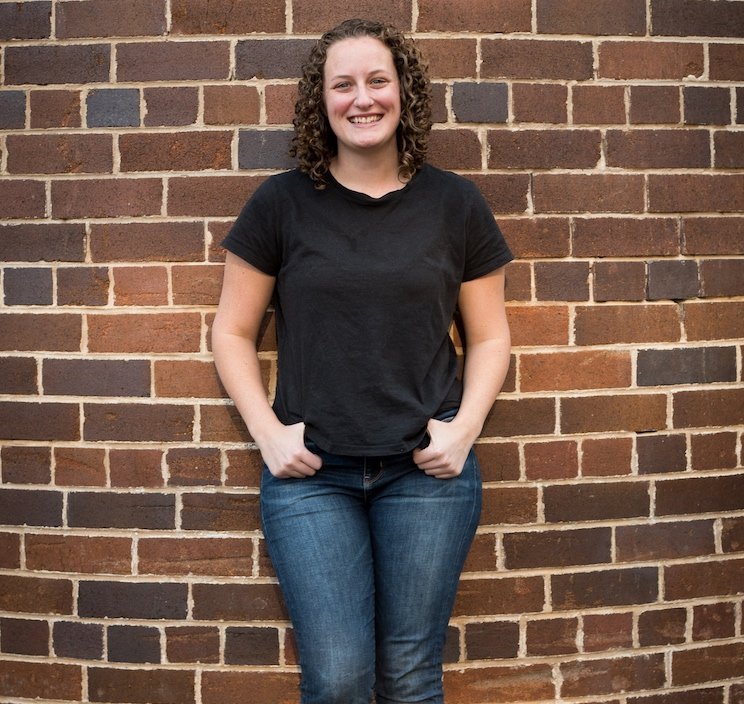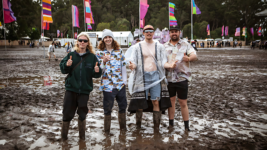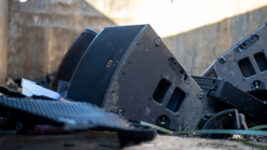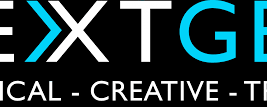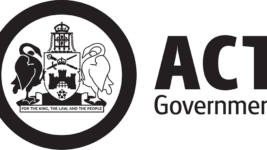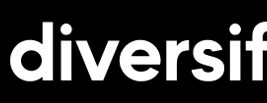News
18 Jun 2020
Kayla Burrett – Freelance Live Theatre and Events Professional
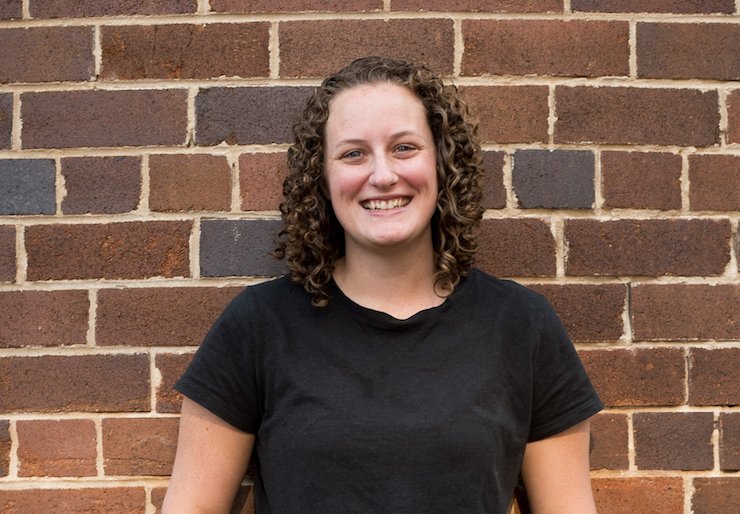
Subscribe to CX E-News
Right now, Kayla should be in Dubai working at the World Expo. But like so many people in the events industry during the COVID-19 pandemic, she finds herself with spare time on her hands, so we took the opportunity to chat with her about her experiences in the AV industry.
Let’s go back to the beginning, how did you get your start in AV?
I did a Cert III in Live Theatre and Events when I was in Year 11 and 12. My teacher was incredible and pushed me to do it. I wouldn’t be in this industry if it wasn’t for her. From there I went to NIDA and did the three year bachelor degree in Technical Theatre and Stage Management. I graduated in 2016 and haven’t looked back.
When I was talking about applying to NIDA my teacher said “You have to apply. What’s the worst thing that can happen, you get in?” I thought what does that mean? Then you do your three years at NIDA and you realise it’s a hard slog. But it’s been worth it. I don’t know what else I’d be doing if I wasn’t in this industry.
What was it that sparked your interest in AV?
It’s the fact that it never feels like a chore. I can work a 70 hour week and I don’t feel like it’s a pain in the arse. Also, I love bringing joy to people. I grew up going to musicals with my mum and that’s a cherished memory of mine. I love being able to bring that joy to other people through the projects that I work on.
What was it that attracted you to lighting in particular?
It’s really cliché but I’m a visual learner. I enjoy how lighting sculpts a scene or what you can achieve in terms of the intricacies of the angles or the colours you can add. I read a quote that says “You don’t notice lighting in a play but you’d notice if it wasn’t there.” I really like to be able to contribute to something and make it look beautiful but no one really knows why.
Tell us about some of your most memorable productions?
My third year lighting design at NIDA. I don’t call myself a lighting designer, I’m more on the technical side. But my third year design, it was a really tough space – a 3m x 9m perspex box, and we were in traverse. There were all sorts of crazy angles, but it somehow ended up really beautiful.
Also, my first gig as Head Electrician on Accidental Death of an Anarchist at STC with Trent Suidgeest as LD. That show was so fun. We had something crazy like 250m of LED tape in it. We made custom cloud gobos and designed a city skyline.
I love doing all the little things that people don’t notice but they really add to the scene. I was in my happy place making that. I was so proud of myself for both of those shows for different reasons, but they both come back to that they looked really beautiful and I contributed to that.
What was your first job in the industry?
In my third year at NIDA I took a contract as a lighting tech at the Sydney Opera House. I worked full time there for two and a half years. While I was doing that, I was also working a whole bunch of other jobs. It took me a while to learn how to say no. I would work show call at SOH in the evening and be working somewhere else in the city during the day. It became an issue in the end, and I eventually learnt how to say no.
Was that because you wanted to get different experiences or because you didn’t know how to say no?
It’s a bit of both. You feel like if you say no to someone you don’t know whether it’s going to affect you getting the next thing. Especially fresh out of uni and I didn’t have a name for myself yet. But at the same time, it was also companies that I loved working for. So, it kind of became my passion project outside of my fulltime job.
Let’s talk about the transition from theatre to events.
I worked in an Operations role for Vivid in 2019, which was my first event. Operations was a good way to break into events. You have an involvement in the creative process but you’re not bogged down in it. I love the high-level management that you get to do more so in an operations or production management role.
Although I loved working on Vivid, I walked away exhausted and thinking maybe events aren’t for me. I’d never really realised that major events come with an adrenalin, an event rush. But then I went back to a theatre show and I missed the high pace and the high-pressure environment.
The event control room of Vivid is a good example of that kind of environment, but I thrive best in those situations.
Most recently you were working on the Gluttony Festival?
Gluttony was probably the perfect role, because it’s a combination of the two things I love. It’s a major event. The festival runs for a month. It’s a two-week bump in, four day bump out, it’s crazy.
I was essentially head of lighting onsite. I operated a couple of shows, assisted with changeovers and we run as the response team for problems during the evening. It ticked all my boxes. It’s the major event adrenalin and it’s lighting. Plus, it’s a great social environment.
Have I read Gluttony was a female production only?
We were an all-female production management team this year. Which was great and also just a coincidence. When the Head of Production booked me, she said “We didn’t choose you because of this, it’s just a happy accident.” When we worked it out on site, it was something like 80% of our technical crew were female, and it wasn’t a thing that they had sought out to do. It just happened that way.
That’s a lot of female crew – were they all locally sourced?
No, we had quite a lot of internationals, which got really interesting when COVID-19 happened because a lot of our staff thought “I don’t know if we can get home.”
Do you think women are drawn to working in that festival or theatre type of environment because there are more females and it feels more inclusive?
I think so. Sometimes I find it’s quite hard to throw yourself into a gig if you know you’re going to be the only female. You’ve got to go into it with a different mindset.
Let’s talk about that mindset. Is it a defensive thing?
Because I’m a young female, people often look at me and think I don’t know anything. So, you’ve got to stand your ground and have your own back. You’ve got to believe in what you’re saying.
When you develop a relationship with crew it obviously changes. But you’ve got to go into that first day and put down a good solid foundation from the beginning. I find that people often don’t realise that there’s
a thought process behind why you’re doing something. So, in a way, you have to prove yourself.
It’s become better and people challenge me less now. I find once people understand that you know what you’re talking about, it gets a lot easier.
Is there any way to change this?
It’s all about working with companies that will support you. I think a big part of it is if you do make a mistake, you have to own it. If people can see that you’re human, they will trust you a lot more. I think if I didn’t have the support from people that I had early on, I might have changed industry.
And do you think this just relates to women or do young men coming into the industry also feel they need to prove themselves?
I think it relates to young people in general. In general, there is quite a lot of ageism in the industry. It’s changing as more young people get into management roles. But my age shouldn’t be the reason you treat me differently. It is all about my experience. You can’t make assumptions. And that applies to both males and females. Young men aren’t going to be the strongest people just because they’re male. But, females still struggle a bit more I think.
Do you think that women need a leg up?
I don’t think it’s a leg up. I don’t think you should ever get a job just because you’re female. I think that it should come down to merit all the time. It’s more about making sure that there is that support network there for them. And that support network doesn’t have to come from females, a lot of my support network, and a lot of my mentors, are men.
You have the opportunity to travel with your work also?
I’m the touring Lighting Designer for The Second Woman, which is a 24-hour exhibition performance piece created by Nat Randall and Anna Breckon. The basic concept is it’s the same seven minute scene, performed 100 different times over the course of 24 hours with 100 different men and it’s the same female performer for the whole time.
It is one of the highlights of my career. It’s such a powerful piece. The first time I saw the show was in Taiwan and it was performed in Mandarin. I’d just come off another show and was so tired. But I still watched about 14 hours even though I had no idea what they were saying. You can read so much in people’s facial expressions. It’s an incredible experience. It’s a cult phenomenon.
To work on the show, you have to identify as female, right?
It’s really all about supporting females in positions of power that they may not normally get the opportunity to do, which is really exciting. It is an interesting process. We quite often have women that may not have ever worked together before, but they come together and we make this 24 hours work. And it’s amazing. I love it. Every time we do the show, I find something new and it brings me great joy.
This months’ CX is all about innovation. What does innovation mean to you?
To me innovation means forward thinking and thinking about problem solving in a new way. It doesn’t necessarily have to be worldwide or industry led. I think it can be more personal. Personal innovation can be something different and can still have quite a big impact.
Like a trickle-down effect?
Yes, if you come up with a new innovative way of doing something and then you think about the amount of people that you work with on a gig and if you influence them, then you can make quite a large change in the industry, just in that six degrees of separation. I’ve learnt quite a few innovations from my friends, mainly around how they handle themselves in control rooms.
What about innovation in technology?
I think this is really important, something we should really be pushing. I enjoy seeing how the industry is handling the change to LED. I’m excited about the day that they make a tungsten LED that is good enough to swap out a Source 4. They’re just not comparable at the moment.
Have you kept in touch with that teacher who first encouraged you?
Yeah, we’re still friends on Facebook. She reached out last year on my birthday and I said “Thank you so much, this is where I’m at now and it’s all because of you”.
Find out more about Women in AV Australia:
Instagram – @womeninav_australia
Facebook – womeninav.australia
Email – hello@womeninavaustralia.com.au
CX Magazine – June 2020
LIGHTING | AUDIO | VIDEO | STAGING | INTEGRATION
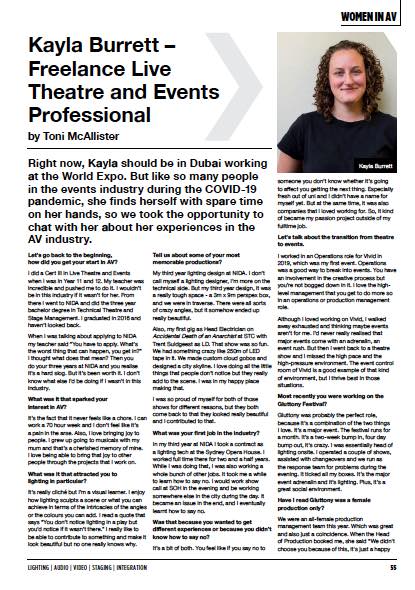
Entertainment technology news and issues for Australia and New Zealand
– in print and free online www.cxnetwork.com.au
© VCS Creative Publishing
Subscribe
Published monthly since 1991, our famous AV industry magazine is free for download or pay for print. Subscribers also receive CX News, our free weekly email with the latest industry news and jobs.

